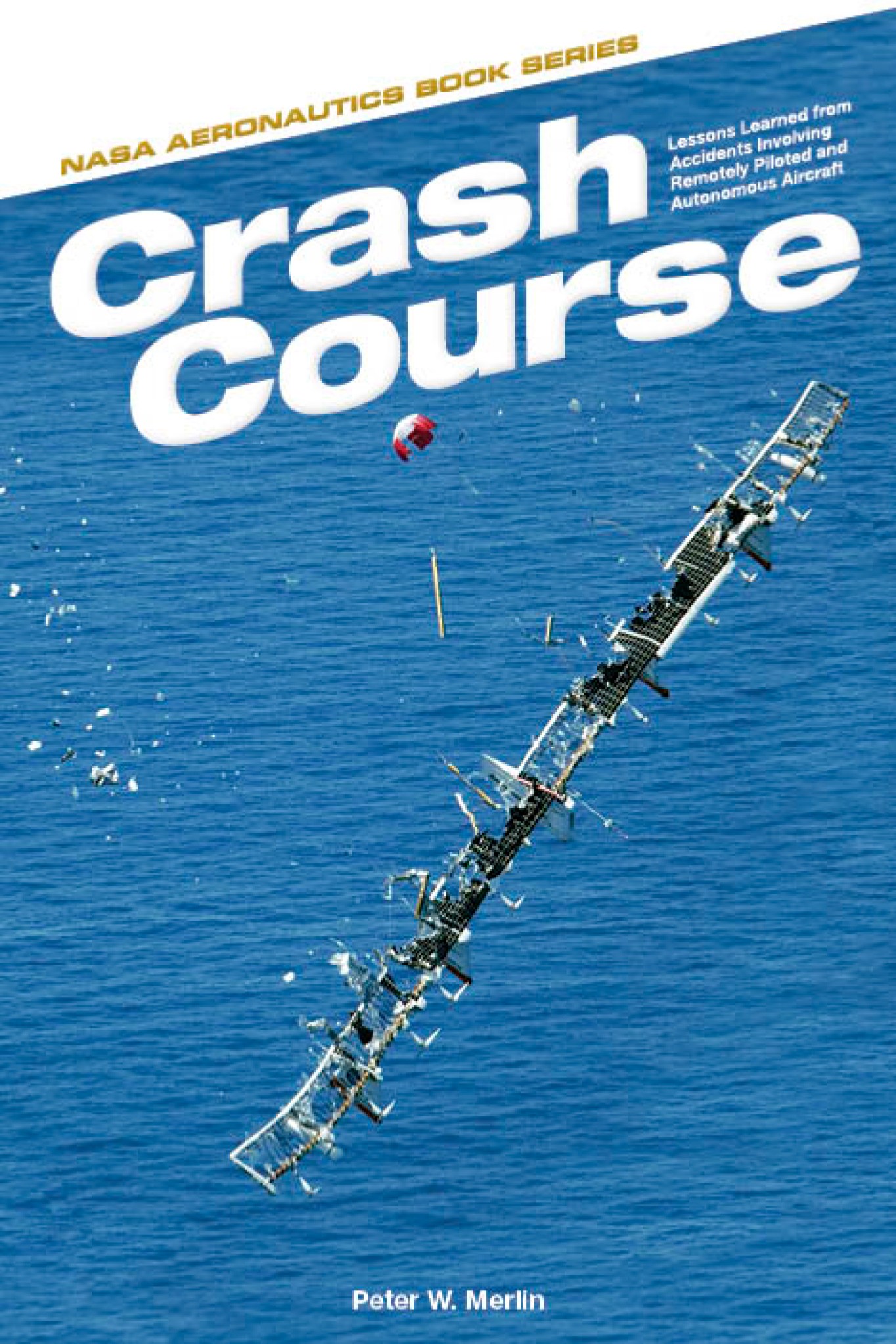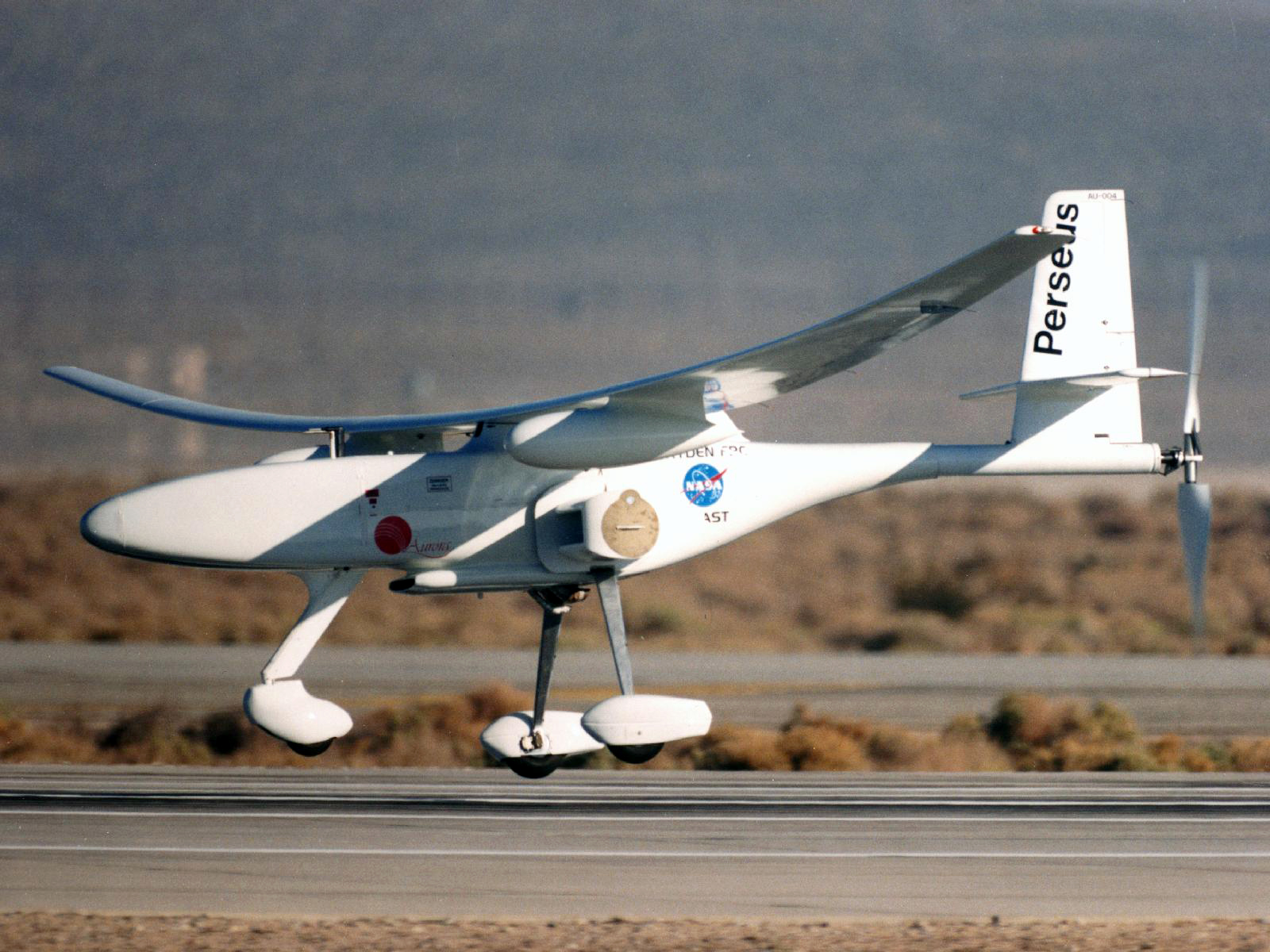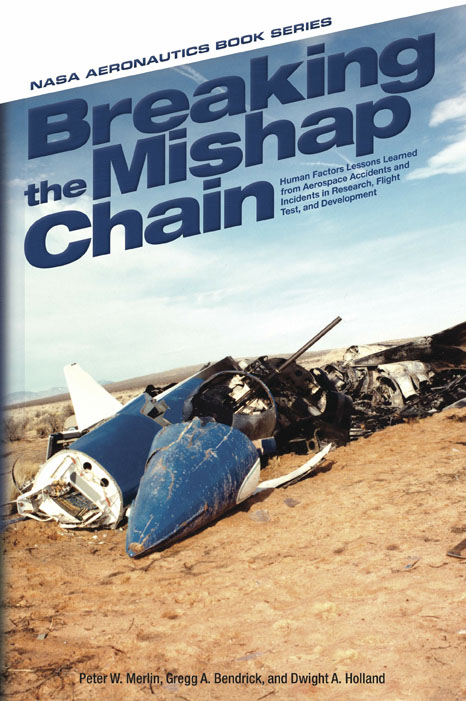
Preventing future aviation accidents is the motive behind two books published by NASA, one brand new and one that is a year old and has been so popular a second printing was ordered.
Both of the aviation safety-related books are available online at no cost as e-books, while printed versions of the book may be purchased from NASA’s Information Center.
The new book is “Crash Course: Lessons Learned from Accidents Involving Remotely Piloted and Autonomous Aircraft.”

The 183-page book reveals details of past accidents involving NASA and Air Force Remotely Piloted Research Vehicles such as the X-43A hypersonic test bed, Highly Maneuverable Aircraft Technology aircraft, Perseus and Theseus science platforms, Helios solar-powered flying wing and four others.
“Learning from past experience is fundamental to the development of safe and efficient new systems and to improving existing systems as well,” said Peter Merlin, the book’s author. “It’s important to pass on this knowledge to future generations.”
According to Merlin, while some factors affecting aircraft safety detailed in the book are unique to remotely piloted vehicles, most are common to all aircraft operations, especially where human factors are more to blame than the technology itself.
“Use of the term ‘unmanned’ to describe any sort of autonomous or remotely piloted aircraft is often misunderstood to mean that there is little or no human-systems integration involved. In fact, remotely piloted aircraft operations involve numerous people in every aspect of control, operation, and maintenance regardless of the vehicle¹s level of autonomy,” Merlin said.

“Crash Course” is a companion to the highly popular NASA book “Breaking the Mishap Chain,” which Merlin co-authored with Dr. Gregg Bendrick, NASA’s chief medical officer at the Dryden Flight Research Center in California; and Dr. Dwight Holland, a principal partner in Human Factors Associates who has served as president of the International Association of Military Flight Surgeon Pilots and the Space Medicine Association.
Published in June 2012, “Breaking the Mishap Chain” offers nine examples from aviation and space history in which accidents were primarily caused by non-technical, human-related events.
For example, in 1967 an X-15 rocketplane crashed, killing the pilot, Mike Adams. In detailing the events surrounding the mishap, the authors explain how the pilot’s history with spatial disorientation – what was generally called vertigo back then – and confusion about what one of his instruments was telling him contributed to the accident.
“Anybody involved in flying needs to learn the lessons of the past,” Bendrick said.
“This book is unique because it integrates aerospace history, medicine, human factors, and system design issues in a compelling multi-level examination of some truly fascinating stories of aerospace exploration,” Holland added.
“Breaking the Mishap Chain” has been so well received that NASA ordered an additional print run to help meet the demand for the book.
“We have had lots of nice comments, good reviews, and an overwhelmingly positive response to the book,” Merlin said.
Publication of “Crash Course” and “Breaking the Mishap Chain” was sponsored and funded by the communications and education department of NASA’s Aeronautics Research Mission Directorate.
“Breaking the Mishap Chain” E-book
NASA Information Center (hard copies)
View Unmanned Aerial Vehicle Video































